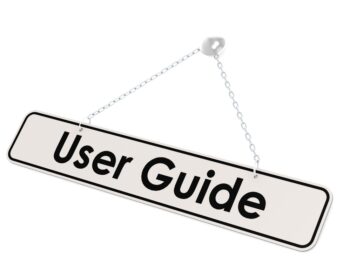I mentioned one time NOT to settle a claim is when you are not sure the claim is legitimate.
This merits an example. If you are still questioning in your own mind whether the claim is legitimate, if you aren’t comfortable with the claim, if you feel your company is “being taken for a ride”, hold off settling the claim until you are SURE. There’s nothing wrong with “going with” your gut instinct. Risk Managers and/or Claim Managers are very often not comfortable with “overruling” a claims adjuster who is pushing for settlement; it’s not easy to “go against the flow”. Here’s an example I was involved in recently.
Click Link to Access Free PDF Download
“8 ‘Think Outside the Box’ Tactics to Settle Workers’ Comp Claims”
The adjuster had obtained a quote for a structured Medicare Set-aside saying the saving would be huge and recommended a six figure lump sum settlement. (Note: Medicare Set-Asides is an annuity which pays a commission.) I was asked for my opinion, and I recommended against settling although the adjuster was clearly advocating settlement. The entire settlement amount was within the employer’s deductible (every cent came from their pocket). The risk manager had not voiced his opinion that he was not comfortable with the claim until in a conference call when I adamantly opposed settlement. Prior to that, he did not have the courage to go against the grain of what the professionals were advising. This is understandable.
The adjusters were pointing out that “if the claim went south” the company could end up paying much more than the settlement proposed. My position was that while that was true, she could also end up going back to work, and we could continue verifying her degree of disability during the entire time she was collecting workers’ comp. Why was I opposed? I had a “gut feeling” that the pain medication was not warranted medically. The claimant was a woman who had disconnected from the workplace, may be enjoying the medication, and had established herself as a stay-at-home wife and mom for her two young children.
The adjuster had already gotten a quote for Medicare Set-Aside and was pushing for settlement without what seemed much verification of inability to do her job. Her job was “driving and sales” and she seemed to be doing the same tasks now – but as an at-home mom. I felt the claimant was bagging the interviews because she was now an ingrained stay-at-home mom, and wanted to continue in that role. Frankly, I was skeptical of the whole situation. Consider the secondary gain: she no longer paid daycare, commuting, work clothing, nylons, nail care, etc. and with $640 in non-taxed income, she was making more when when working. The real bonus was SHE WAS NOT DRAGGING HERSELF TO WORK EVERY DAY! The combination of over medicating, secondary gain and lack of verification of true disability gave me a gut feel that something was wrong. I wanted PROOF she couldn’t work.
The adjuster’s “proof” was that she was spending $1,200 on pain medication. It’s possible she’s selling the pain meds! THAT’S not proof! I requested three things:
a) Have our own medical advisor review the file.
b) Do sub rosa investigation over an extended period of time. I don’t mean ONE day — I mean “extended” — possibly having a new look at her activities every week. Have the investigator pick up the claimant every week for a couple of hours to see what she was a capable of doing.
c) A job offer. Extend a job offer for home-based work (the employer did not want her to return to their workplace) – a situation which she would have difficulty rejecting. Note on Settlement Authority: Fortunately, we had the risk manager set up in the account instructions so he had “settlement authority.” This means the claim could not be settled without his approval (in writing). If we had not added that requirement to the account instructions, I guarantee this claim would have been settled long ago.
Summary:
In my opinion, this isn’t a claim to settle. There are too many factors, in my opinion, indicating she CAN work, but doesn’t WANT to work. Recently, the investigator found her working as a teacher’s aid at her childrens’ school. The adjusters are determining whether this is a paid position or volunteer position. TO BE CONTINUED … For more cost-saving tips go to WC Cost Reduction Tips. Show the REAL cost of workers’ comp with the Real Cost Calculator.
Do not use this information without independent verification. All state laws are different. Consult with your corporate legal counsel before implementing any cost containment programs.
©2008 Amaxx Risk Solutions, Inc. All rights reserved under International Copyright Law. If you would like permission to reprint this material, contact Info@WorkersCompKit.com.














